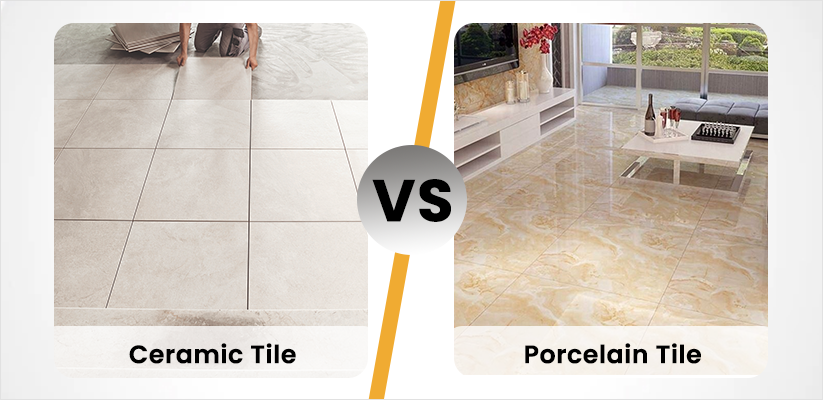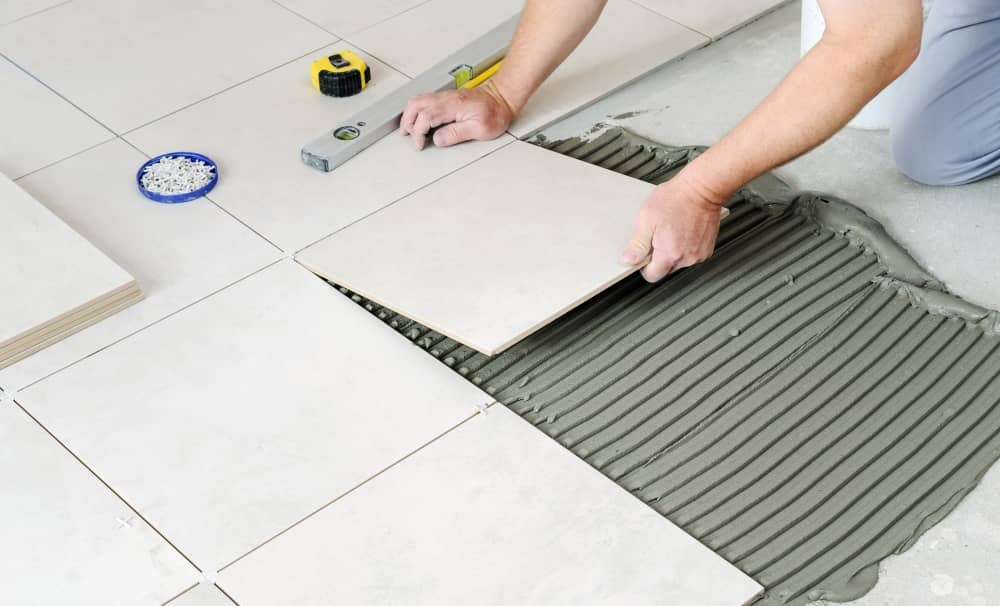Developing a Strategic Entrepreneurial Marketing Model in the Tile and Ceramic Industry: A Practical Guide for Business Growth
Introduction: Why is Strategic Entrepreneurial Marketing Vital for the Tile and Ceramic Industry?
The tile and ceramic industry in Iran faces intense competition, changing customer preferences, and economic challenges. In such an environment, developing a strategic entrepreneurial marketing model can help businesses stabilize their market position through innovation, identifying new opportunities, and implementing smart strategies.
This step-by-step guide explores the principles of designing an entrepreneurial marketing model and analyzes successful examples in the tile and ceramic industry. If you’re looking to increase sales, attract loyal customers, and build an effective brand, this guide is for you!

🔹 Section 1: What is Strategic Entrepreneurial Marketing?
Strategic entrepreneurial marketing combines creativity, calculated risk-taking, and long-term planning to help companies compete in dynamic markets like tiles and ceramics.
1.1 The Difference Between Traditional and Entrepreneurial Marketing
- Traditional Marketing: Focuses on fixed methods like print ads or trade shows.
- Entrepreneurial Marketing: Uses technology, networking, and innovation to create a competitive edge.
1.2 Why Does the Tile and Ceramic Industry Need This Model?
- Increased competition from foreign brands
- Rapid shifts in customer tastes, especially in interior design
- The need for brand differentiation in a saturated market
🔹 Section 2: Steps to Develop an Entrepreneurial Marketing Model
2.1 Identifying Market Opportunities
- Analyzing consumer behavior (e.g., demand for patterned or eco-friendly tiles)
- Studying competitors and uncovering their weaknesses
2.2 Designing Content Strategy and Branding
- Creating educational content (e.g., “How to Choose the Right Tile for Your Kitchen?”)
- Leveraging social media like Instagram to showcase completed projects
2.3 Innovating in Sales and Distribution
- Launching online sales with 360-degree product viewing
- Collaborating with architects and interior designers as brand ambassadors

🔹 Section 3: Successful Examples in the Tile and Ceramic Industry
3.1 Brand X: Using Virtual Reality (VR) for Marketing
This company created a virtual showroom, allowing customers to visualize products in their homes before purchasing.
3.2 Brand Y: Eco-Friendly Campaigns
By introducing a line of recycled tiles, they contributed to sustainability while increasing market share.
🔹 Section 4: Challenges and Practical Solutions
4.1 Resistance to Change
- Training sales and marketing teams on the benefits of new methods
- Starting with small pilot projects
4.2 Budget Constraints
- Using low-cost digital marketing like SEO and email marketing
- Attracting investors with well-prepared business proposals
Conclusion
Developing a strategic entrepreneurial marketing model in the tile and ceramic industry is not just an option but a necessity for survival in today’s market. By combining innovation, market analysis, and smart execution, you can take your business to the next level.
قیمت های موجود در سایت تاریخ بروزرسانی آن ها ذکر شده و قیمت نهایی محصولات نمی باشند. لطفا جهت ثبت سفارش و استعلام قیمت بروز با کارشناسان ما در ارتباط باشید.
(035-3357)